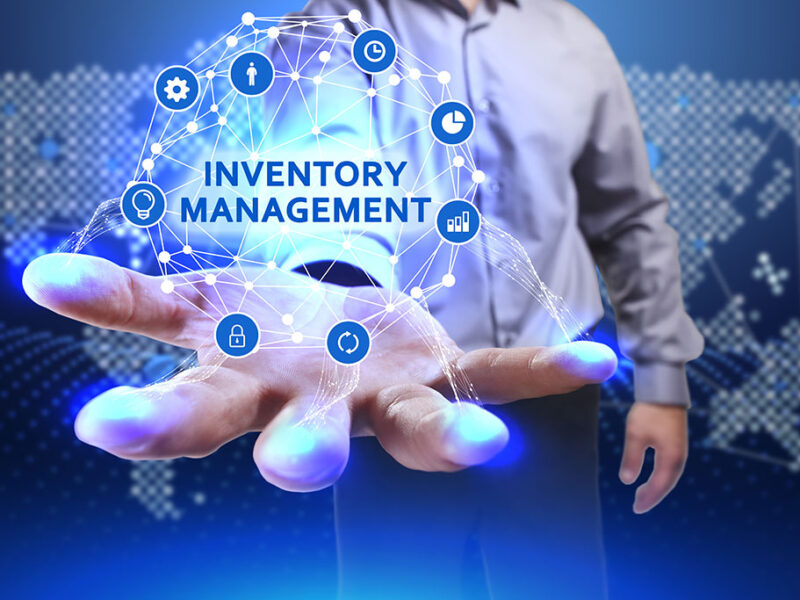Blockchain technology has evolved far beyond cryptocurrencies alone. In 2025, one of the most powerful blockchain applications captivating investors and institutions alike is the tokenization of real-world assets (RWAs). Tokenization takes tangible assets like real estate, art, commodities, or private equity and represents them as blockchain-based tokens, making them easier to trade, own, and manage digitally.
While investors spend hours comparing features to choose the best ios crypto wallet for storing their coins securely, an equally significant shift is happening: turning physical assets into tradable blockchain tokens. This innovation brings unprecedented liquidity and fractional ownership to markets long dominated by banks, brokers, and legal red tape.
What Is Tokenization in Plain Terms?
At its core, tokenization converts ownership rights of a real asset into a digital token recorded on a blockchain. Think of each token as a verified digital share of a real-world item — whether it’s a skyscraper in Dubai, a Van Gogh painting, or a kilo of gold.
This means someone can buy a fraction of a luxury property or own a piece of rare art without needing millions in cash. The asset itself stays securely managed by a trusted custodian while investors trade the digital tokens on licensed marketplaces.
Why Tokenization Is Booming in 2025?
Back in the early days, tokenization was mostly a buzzword among crypto startups. Fast-forward to 2025: regulated platforms, institutional players, and even governments are actively deploying it to unlock new value. Here’s why the momentum keeps growing:
1. Access for All:
Investors can diversify into asset classes that were once out of reach. With tokenization, owning part of an income-generating hotel or a piece of an infrastructure project is possible with a few hundred dollars.
2. Enhanced Liquidity:
Selling a property or high-value art could once take months or years. Tokenized assets can trade 24/7 on blockchain marketplaces, offering sellers faster exits and buyers better price discovery.
3. Transparency and Security:
Blockchains provide immutable records of transactions and ownership. Smart contracts automate dividends, interest payments, and governance votes, cutting out intermediaries and fraud risks.
4. Regulatory Clarity:
Countries like Switzerland, Singapore, the UAE, and the European Union now offer clear frameworks for security tokens and RWAs, boosting investor confidence.
Where Tokenization Is Making an Impact?
Real Estate:
Real estate remains the poster child for tokenization. From student housing in the UK to luxury villas in Bali, developers are offering fractional ownership that attracts retail and institutional investors alike.
Art and Luxury Goods:
Fractional art ownership platforms allow collectors to buy and trade shares in masterpieces. Even high-value luxury watches and vintage cars are finding new life as tokenized investments.
Commodities and Resources:
Gold, oil, and carbon credits are being tokenized to simplify settlement and cross-border trade. In 2025, renewable energy credits are also increasingly traded this way, supporting ESG goals.
Private Equity and Startups:
Venture capital is ripe for disruption. Startups can raise capital by issuing tokenized equity, giving global backers access to early-stage opportunities with far lower entry barriers.
Recent Trends Shaping 2025
Tokenization has matured dramatically over the last few years. In 2025, three trends are defining the market:
1. Institutional Adoption:
Major banks and asset managers now run pilot programs or full-scale tokenized offerings. BlackRock and Citi have both launched tokenized funds for institutional clients, proving the model works at scale.
2. Integration with DeFi:
Some DeFi platforms now accept tokenized real-world assets as collateral for staking. This bridges traditional finance and decentralized finance, creating hybrid investment products that appeal to both crypto natives and traditional investors.
3. Regulatory Sandboxes:
Governments continue to experiment with controlled environments for tokenized securities. This helps test cross-border transactions, tax treatments, and investor protections before full-scale rollouts.
What Are the Risks?
While the potential is massive, tokenization still faces hurdles:
Legal Complexity:
Each jurisdiction has unique laws about who can invest in security tokens, how they’re taxed, and how disputes are resolved. Navigating this patchwork can be costly and time-consuming for issuers.
Custody and Enforcement:
Ensuring that the physical asset actually backs the token is critical. Trusted custodians and independent audits are essential to prevent fraud.
Market Liquidity:
A token’s liquidity depends on how many people want to buy or sell it. Building active secondary markets for every tokenized asset takes time and network effects.
Technical Risks:
Smart contract bugs or exchange hacks could compromise assets. Security audits are helping, but risks remain.
What This Means for Everyday Investors?
For regular investors, tokenization provides new tools to diversify portfolios. They can own small portions of multiple physical assets, hedge against inflation, and potentially earn passive income streams from rental yields or dividends.
However, as with any investment, due diligence is vital. Investors must understand the underlying asset, verify the platform’s reputation, and know the legal framework. Tokenization may make access easier, but good research remains indispensable.
Wallets: The Key to Managing Tokenized Assets
As RWAs migrate to blockchains, having a secure and versatile wallet is non-negotiable. Wallets now must do more than just store Bitcoin or Ethereum — they handle tokenized shares of buildings, commodities, and other tangible assets too.
Developers are racing to build wallets that support multi-asset portfolios, smart contract interactions, and compliance features. User-friendly design, biometric security, and integration with regulated exchanges are quickly becoming standard in 2025.
Looking Ahead
Experts predict that the global market for tokenized RWAs could surpass $20 trillion by 2030 if adoption continues at the current pace. Real estate and private equity are still leading the pack, but tokenized carbon credits, agricultural commodities, and intellectual property royalties are gaining momentum too.
Innovators, regulators, and traditional financial giants all see tokenization as a way to democratize investment, improve efficiency, and fuel economic growth. As more success stories emerge, tokenization will become a standard part of how we buy, sell, and profit from physical assets.
Final Thoughts
Tokenization has moved from a promising concept to an investable reality. In 2025, more people than ever can own fractional stakes in assets that were once reserved for the ultra-wealthy.
While challenges remain, the shift toward an open, borderless, tokenized economy is one of the most exciting blockchain developments of this decade. Whether you’re a crypto enthusiast, a traditional investor, or an entrepreneur, staying informed about this trend could give you a front-row seat to the future of investing.



